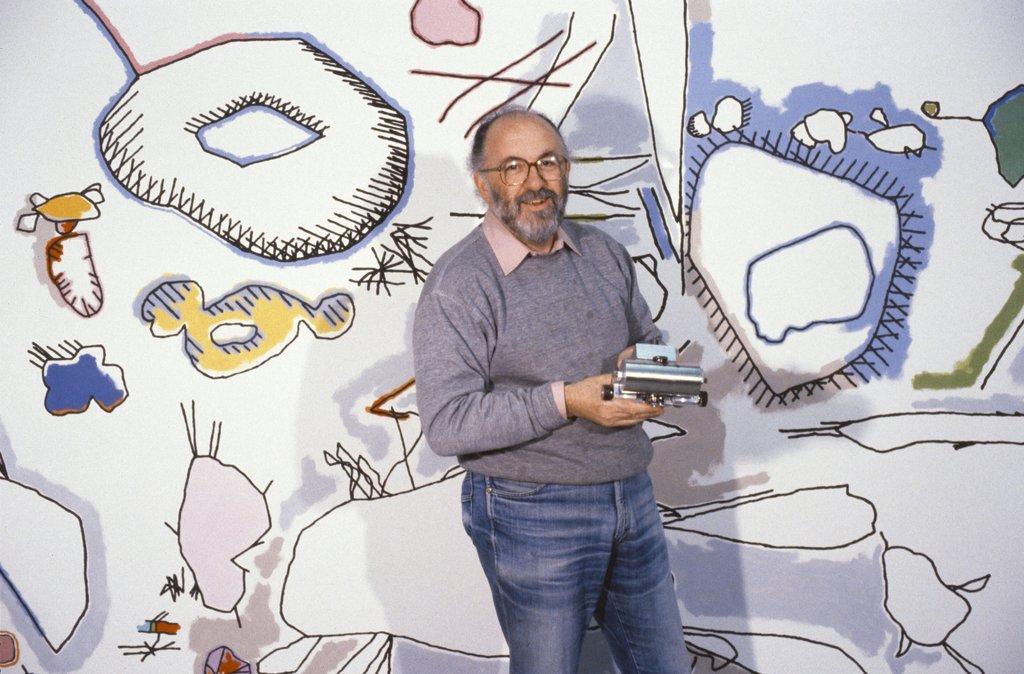Harold Cohen

Harold Cohen (1928-2016) was an internationally established painter, when he began at the end of the 1960s to explore creative possibilities using computers. This was triggered by his move from London to California caused by accepting a teaching position at the University of California, San Diego. In 1973, he began developing a system called AARON that, based on formal rules, autonomously generated drawings and paintings of increasing complexity over almost four decades. Though it was praised by “Artificial Intelligence” research, Cohen abandoned the system when he felt it had lead him into a dead-end. He returned to algorithms when he observed that his painting machine was attracting people’s attention more than his works. They had meanwhile become human portraits. – Cohen’s concept was distinctly different from those of his contemporaries like Frieder Nake, Manfred Mohr, or Vera Molnar. His position in the world of computed images was unique; an exceptional rock. Already before his turn to the computer, his work had been represented at documenta 2 and 33rd Biennale Venice. In 1977, he returned to documenta where he displayed his drawing machine in action. He was represented at exhibitions around the world in many important museums and galleries like Tate, London or San Francisco MoMA.
